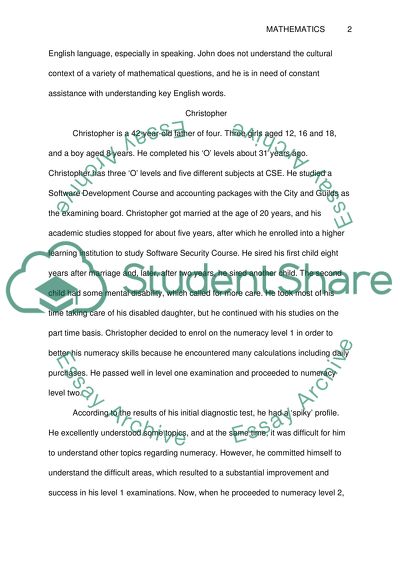Cite this document
(“The comparison of numeracy learning and development Essay”, n.d.)
Retrieved from https://studentshare.org/mathematics/1395025-the-comparison-of-numeracy-learning-and-development
Retrieved from https://studentshare.org/mathematics/1395025-the-comparison-of-numeracy-learning-and-development
(The Comparison of Numeracy Learning and Development Essay)
https://studentshare.org/mathematics/1395025-the-comparison-of-numeracy-learning-and-development.
https://studentshare.org/mathematics/1395025-the-comparison-of-numeracy-learning-and-development.
“The Comparison of Numeracy Learning and Development Essay”, n.d. https://studentshare.org/mathematics/1395025-the-comparison-of-numeracy-learning-and-development.


